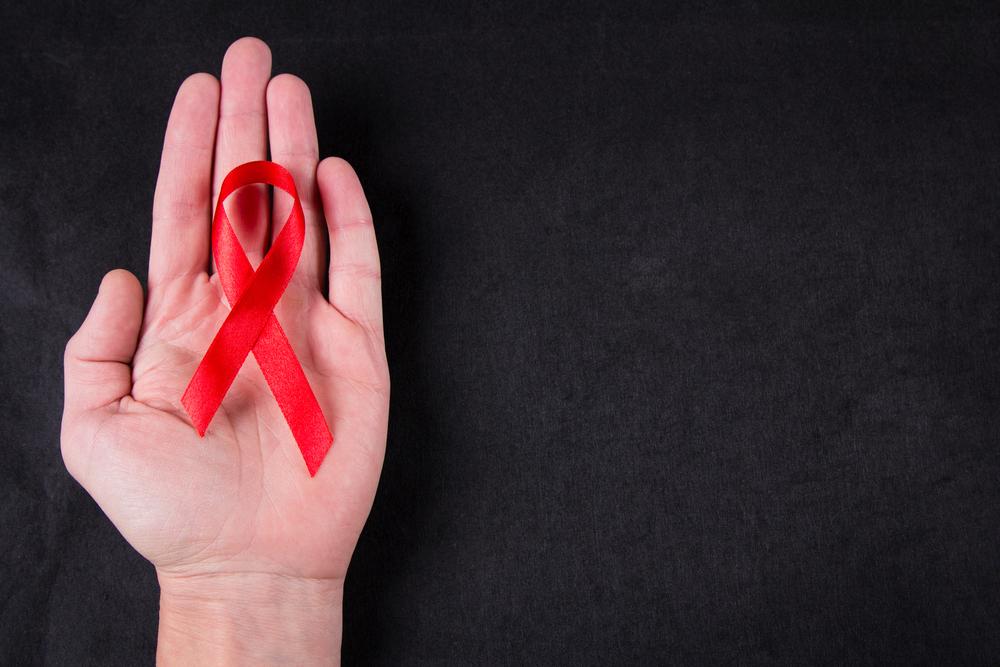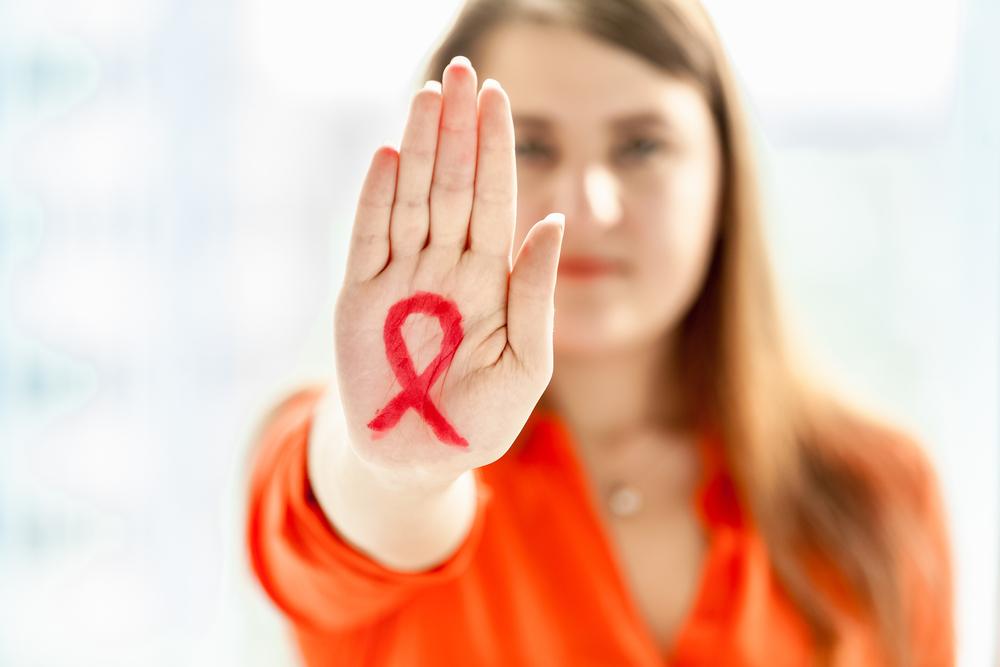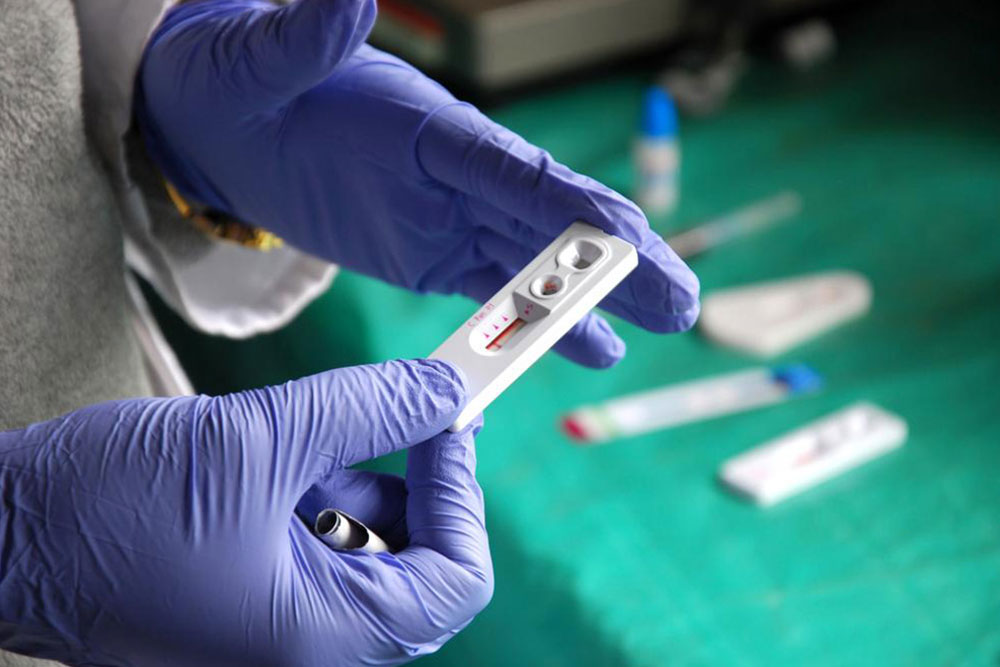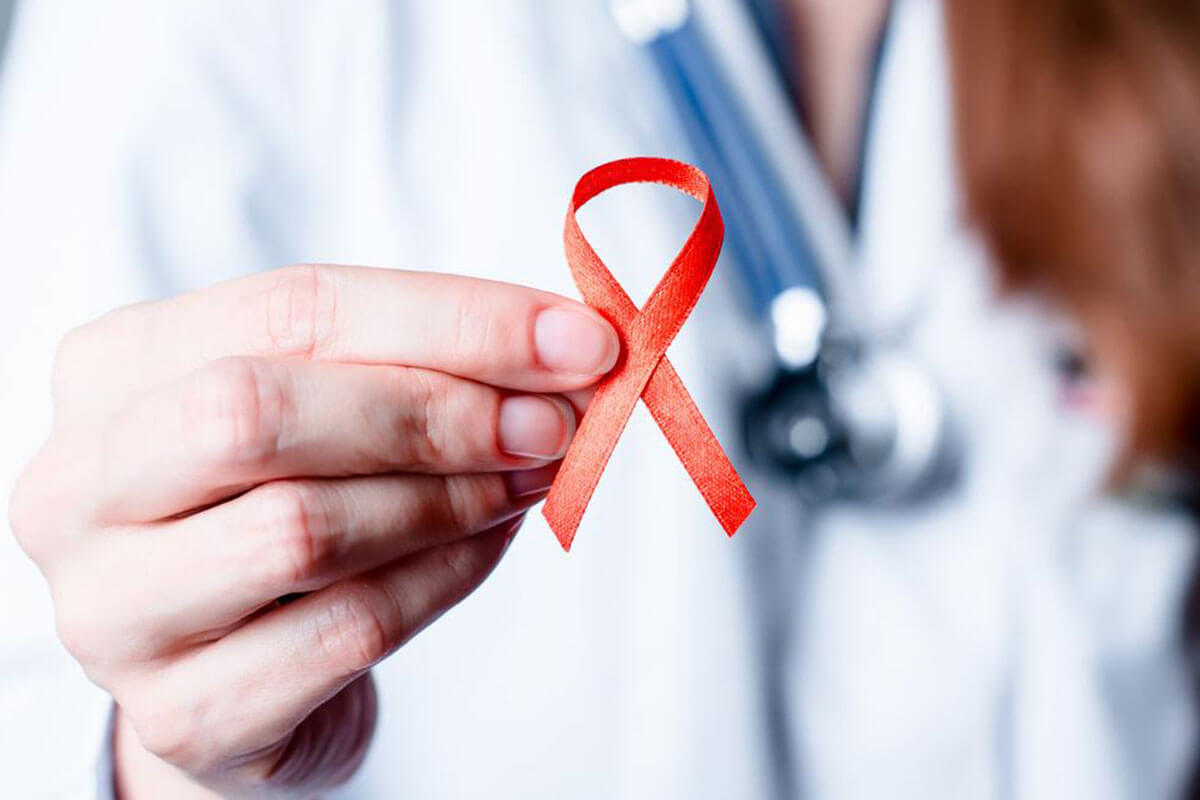Comprehensive Guide to HIV: Causes, Symptoms, and Modern Treatment Strategies
This in-depth article provides a comprehensive overview of HIV, including its causes, transmission routes, symptoms, particularly skin rashes, and current management strategies. It emphasizes the importance of medical treatment, early detection, and lifestyle adjustments to control the progression of HIV and improve patients' quality of life. With medical advancements, individuals living with HIV can expect a longer, healthier life, making awareness and early intervention crucial.

Comprehensive Guide to HIV: Causes, Symptoms, and Modern Treatment Strategies
Introduction to HIV and Its Impact on Health
Human Immunodeficiency Virus (HIV) remains a significant global health concern, affecting millions of lives worldwide. This virus targets the immune system, specifically the CD4 cells, which play a crucial role in defending the body against infections and certain cancers. If left untreated, HIV can progress to Acquired Immunodeficiency Syndrome (AIDS), the most advanced stage of HIV infection, characterized by severe immune deficiency. While there is no complete cure for HIV yet, significant advancements in medical research have led to effective treatments that significantly improve the quality and length of life for those infected.
This comprehensive article explores the origins of HIV, how it spreads, the symptoms associated with infection, including skin reactions, and the latest approaches to managing and treating this condition.
Understanding the Life Expectancy of Individuals Living with HIV
Decades of scientific progress have dramatically increased the lifespan of people diagnosed with HIV. With the advent of antiretroviral therapy (ART), individuals can control the virus effectively.
Proper adherence to treatment regimens can allow HIV-positive individuals to live nearly as long as uninfected individuals, often extending their lifespan by several decades.
How HIV Is Transmitted
HIV is transmitted primarily through sexual contact involving unprotected intercourse, sharing of contaminated needles, transfusion of infected blood, or contact with infected bodily fluids such as semen and vaginal secretions.
Vertical transmission from mother to child occurs during pregnancy, childbirth, or breastfeeding, highlighting the importance of maternal health and prenatal care.
Infants born to HIV-positive mothers may acquire the virus through blood transfer during birth or through breastfeeding if preventive measures are not taken.
Recognizing HIV Infection: Symptoms and Signs
The initial symptoms of HIV can be subtle and easily mistaken for other illnesses, but common early signs include unexplained weight loss, persistent diarrhea, recurring fever, headaches, muscle aches, joint pains, cough, and neurological issues such as confusion or memory loss.
In women, additional symptoms may include vaginal infections or irregular menstruation, along with skin rashes and low-grade fevers common during early stages.
Understanding HIV-Related Skin Rashes
One of the recognizable external signs of early HIV infection is the development of skin rashes, occurring in approximately 90% of cases during the initial two months post-infection.
This rash often appears as flat, red patches with tiny bumps, is usually itchy, and primarily appears on the hands, arms, face, and chest. In some cases, it may involve mucous membranes such as the mouth, leading to ulcers or sores.
The rash may be an early indicator of HIV infection or side effects of antiretroviral medications.
Seriousness and Risks Associated with HIV Skin Rashes
While most rashes associated with HIV are mild and manageable, severe reactions like Stevens-Johnson syndrome or toxic epidermal necrolysis, though rare, can be life-threatening.
These severe reactions often involve extensive skin damage, which may be accompanied by symptoms such as swelling, fever, painful blisters, and systemic illness, particularly in response to specific medications.
Controlling and Managing HIV-Related Skin Rashes
Advances in immune therapies and careful management of medication regimens have helped to reduce the severity and frequency of skin reactions over time.
Ensuring consistent medication adherence and regular consultation with healthcare providers is crucial in managing these symptoms effectively.
Patients are advised to avoid triggers such as hot showers, direct sunlight, and sudden changes in skincare or diet unless approved by their healthcare team.
Early professional medical consultation is essential for accurate diagnosis and personalized treatment plans to mitigate rash severity and improve quality of life.





